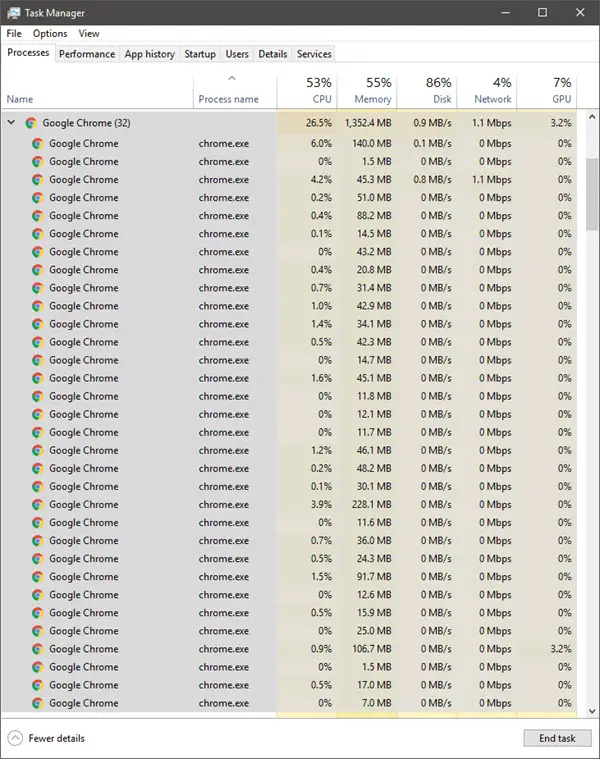


If you are on the free Student license, you can't solve large models because of the node/element limit of 32,000, so more RAM may never be needed. In that case, installing more RAM would let the solver go faster. Now if you have a mesh with a lot more nodes and elements, and the Solution Output told you the Total memory for in-core solution was 11 GB of RAM and you only had 8 GB of RAM then the NOTE would tell you that the Solver was running in the out-of-core memory mode. It doesn't matter if you have 8 GB of RAM or 64 GB of RAM. In this example, it was a small model and took only 127 MB of RAM. The Total memory required for in-core solution tells you how much RAM the solver needed to do its work. If enough physical memory is present to accommodate all of the solver Often results in the fastest solution time. This mode is recommended In order to avoid using the hard drive as much as possible, which most In-core memory mode. This memory mode uses the most amount of memory The Distributed Sparse Matrix Solver is currently running in the Total memory required for out-of-core solution = 49.183 MB Total memory required for in-core solution = 93.349 MB

Total memory allocated for solver = 127.529 MB

Local memory required for out-of-core solution = 15.205 MB Local memory required for in-core solution = 27.365 MB Local memory allocated for solver = 36.024 MB Number of equations = 29073, Maximum wavefront = 594 Scroll down or search in that file for text that looks like this: DISTRIBUTED SPARSE MATRIX DIRECT SOLVER. You can see the Solution Output which comes from a file called solve.out. Click on the Solution Information folder.


 0 kommentar(er)
0 kommentar(er)
